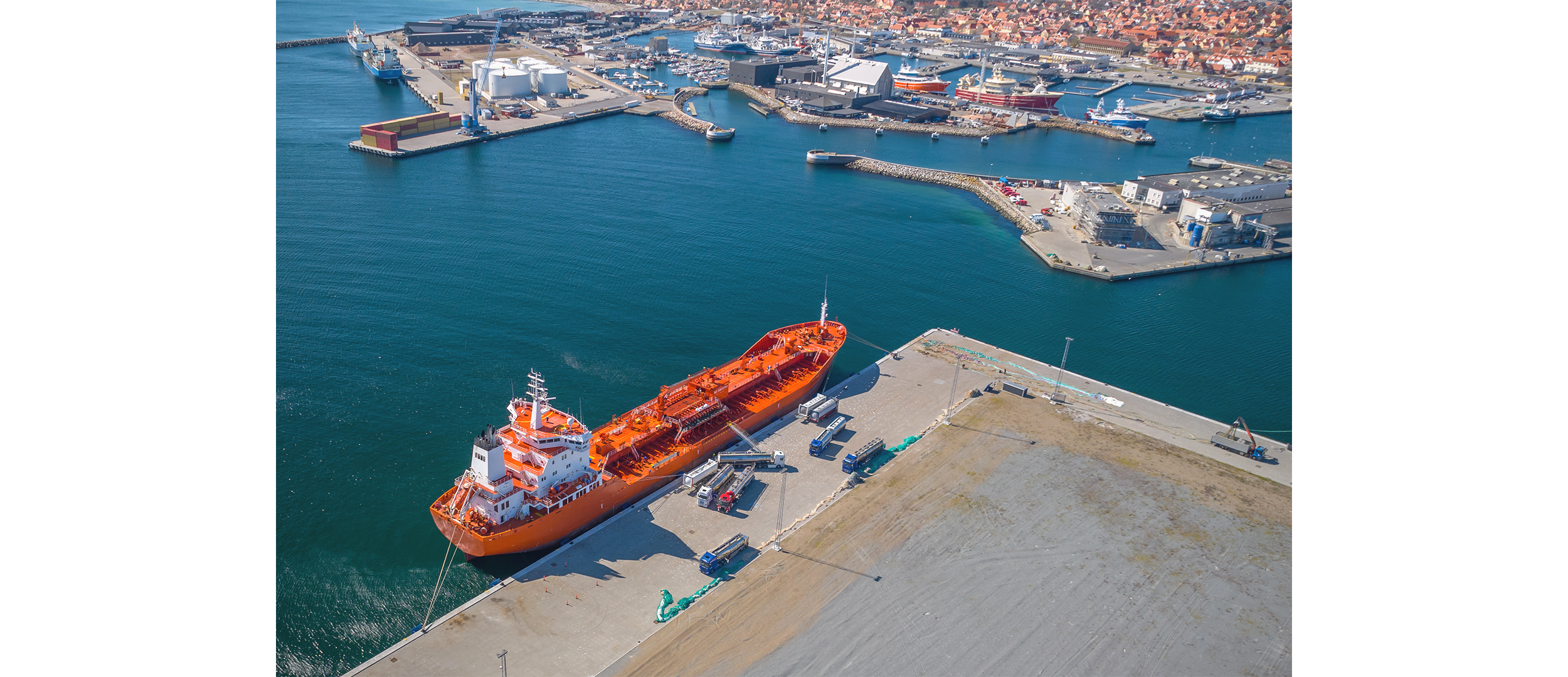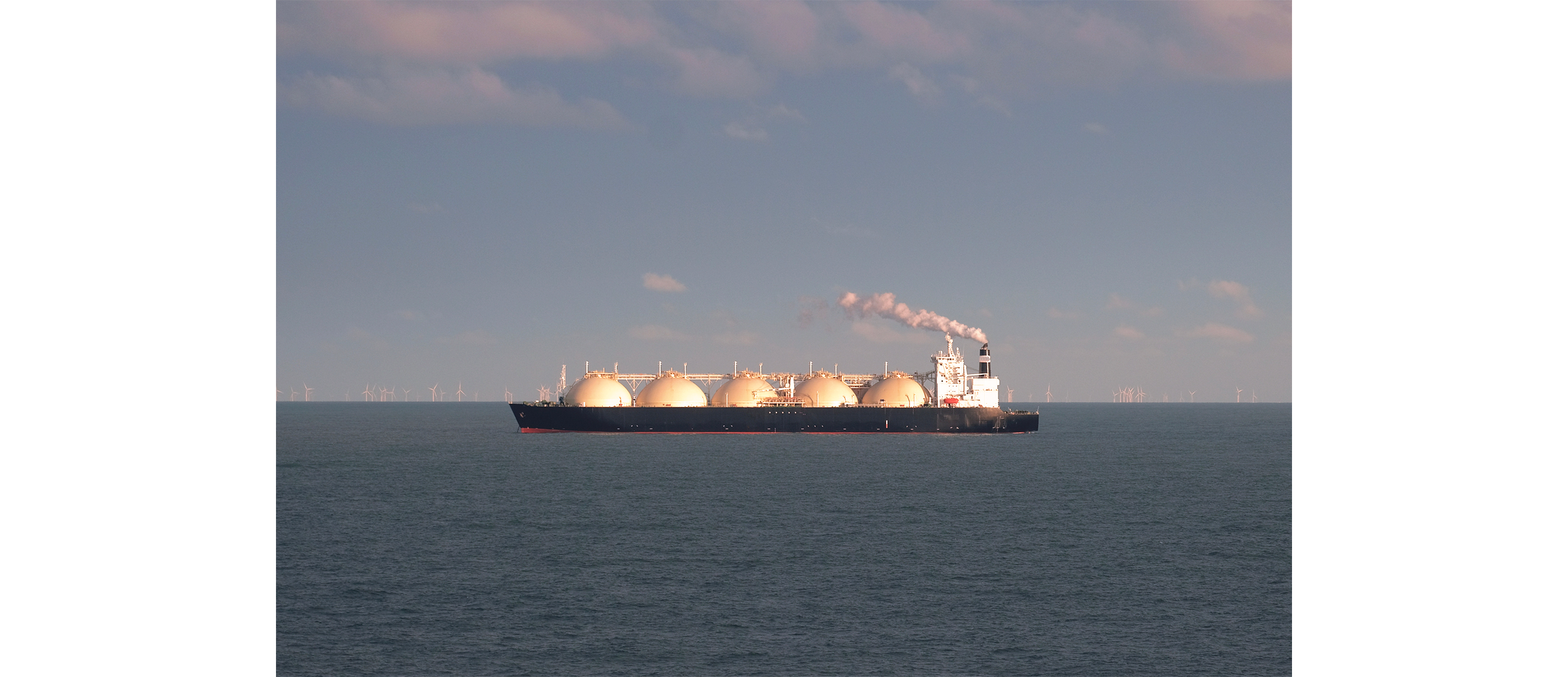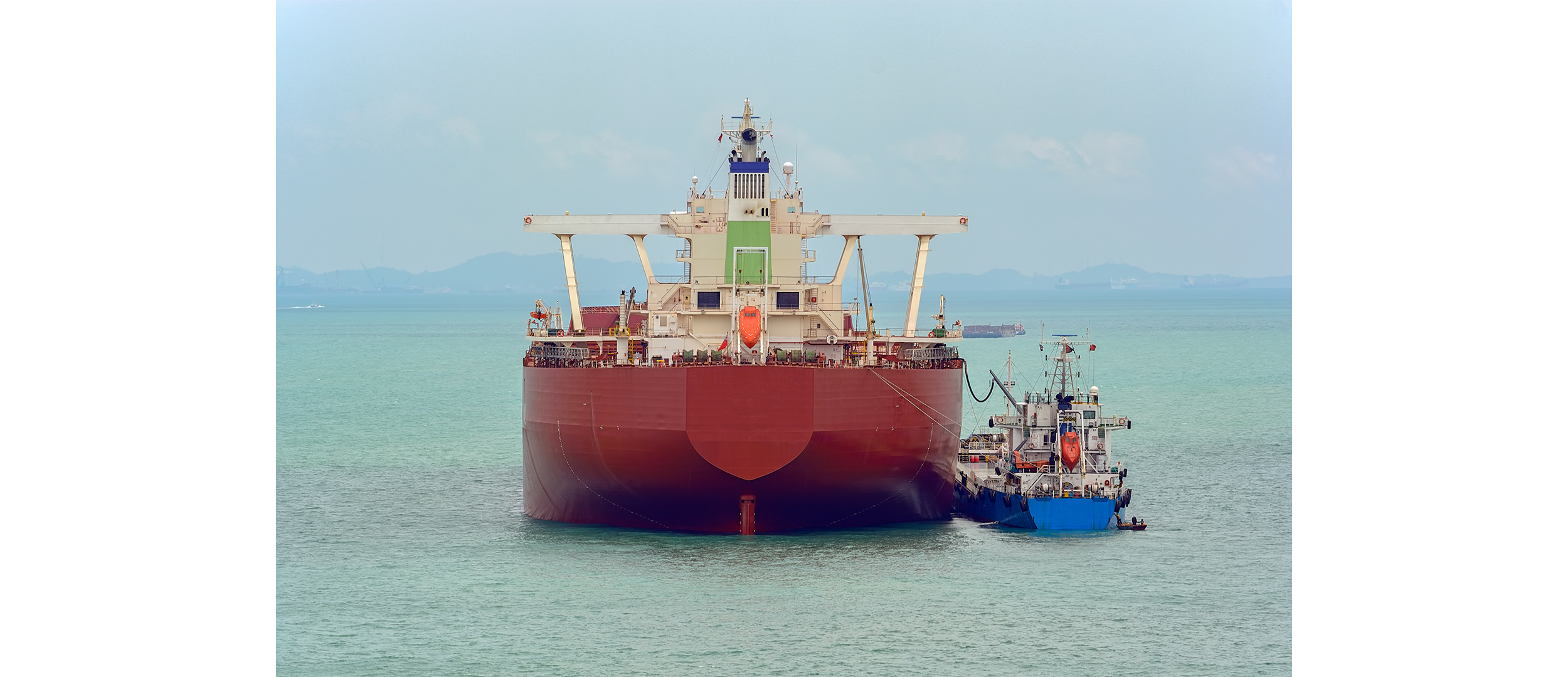Bunkering is the supply of fuel to a ship’s fuel tank for propulsion or other energy purposes. The main bunkering hubs worldwide are located in Singapore, Rotterdam, Fujairah and Houston ports.
What is the difference between import/export of liquid cargo and bunkering?
The loading and unloading of liquids between a ship and a port terminal, as well as bunkering, are fundamental processes in the maritime industry. Each of these processes has its own specific characteristics and purposes, although the main difference between the two is the purpose of the transfer of liquids.
Firstly, the loading and unloading of liquids refers to the process of transferring liquid products as cargo (such as oil, gasoline, chemicals, etc.) between ships' cargo holds and the port terminal storage tanks. During loading, products are pumped from the terminal to the ship, while during unloading, products are transferred from the ship to the terminal. This process requires specialised equipment and trained personnel to ensure a safe and efficient operation.
Bunkering, on the other hand, is the process of supplying fuel (usually fuel oil or gas oil) to the vessel’s fuel tank. This process can take place either at a port terminal or on the sea, via specialised barges or tankers. Bunkering is crucial to keep the ship's engines running and to ensure its autonomy during its voyages.

Main operational bunkering systems
There are different operational bunkering supply systems:
- PTS - Port to Ship: involves the delivery of fuel from shore facilities at a port to the ship. This option may be the safest and most controlled one but may require more logistical planning and lead time compared to the other methods. It also allows larger volumes of fuel to be delivered at a much higher delivery rate and does not interfere with cargo loading/unloading or other logistical operations. However, this operational model is limited by the port facilities available and the location of its installation.
- TTS - Truck to Ship: involves the delivery of fuel via trucks directly to the ship at a port, usually to small-medium sized vessels and for vessels with a short stay at a port. The advantage of using a truck is that it does not require a specific infrastructure, as it is sufficient if the ship can moor at a quay with access for a truck. However, it may be limited by the capacity of the trucks (limited by transport legislation). Furthermore, it might interfere with cargo/passenger handling operations and it has limited flow-rates.
- STS - Ship to Ship: involves the transfer of fuel from one bunkering vessel to another vessel on the sea. This option offers the advantage of allowing greater flexibility in terms of location and timing, as it does not require berthing at a port and therefore vessels do not need to approach a berth, nor pay port fees. In addition, there is no queuing for berth clearance. However, STS bunkering also entails additional risks in terms of safety and environmental protection due to potential spills at sea, as it depends on weather and sea conditions. It also requires additional infrastructure in the port to refill the bunkering tanks.
Use of green fuels in shipping
Currently, there is a clear trend towards the use of green fuels in shipping in an effort to reduce the environmental footprint of the shipping industry by reducing greenhouse gas emissions and promoting environmental sustainability in the wider shipping industry. One of the main areas of focus in this transition is bunkering.
Green fuel bunkering involves the provision of cleaner energy sources for ship propulsion, such as liquefied natural gas (LNG), biofuels, green hydrogen and ammonia. These alternative fuels have a lower environmental impact compared to traditional fossil fuels, as they generate fewer emissions of carbon dioxide and other air pollutants, although they require specific infrastructure for both transport and storage. For example, conventional fuels may share bunkering barges but green fuels may need their own for each product as they have very specific transport conditions.
The requirements and characteristics of each of these green fuels are detailed below:
- Hydrogen: Hydrogen is considered one of the cleanest fuels, as it emits only water vapour when burned. However, its storage and distribution are major challenges due to its low energy density and high flammability. For its use on ships, a safe and efficient on-board storage system is required, as well as adequate port infrastructures for its supply.
- Methanol: Methanol is a liquid fuel that can be produced from renewable sources, which makes it an environmentally attractive option. Its use on ships requires storage and supply systems compatible with existing engines, as well as measures to minimise emissions of volatile organic compounds during handling.
- Ammonia: Ammonia is another interesting alternative as a marine fuel, as it does not produce carbon dioxide emissions when burned. However, its handling and storage present challenges due to its toxicity and corrosiveness. Advanced technologies are needed to ensure safe handling of ammonia on board ships.
- Liquefied Natural Gas (LNG): LNG is one of the most widely used products in green fuel bunkering, due to its availability and lower environmental impact compared to marine diesel. Its main advantage lies in its low emissions of sulphur oxides and particulate matter, as well as a significant reduction in emissions.

In addition, biofuels derived from renewable sources such as vegetable oils and organic waste are also gaining popularity in the maritime sector as sustainable alternatives.
Green fuels are constantly evolving, and while change and transformation may be slow, the future is bright. As technology advances and awareness of environmental issues grows, the development of sustainable fuel alternatives continues to progress. Despite the gradual pace of transition, the ongoing efforts to reduce carbon emissions and promote cleaner energy sources are paving the way for a more sustainable future. With innovation and commitment to green initiatives, the journey towards a greener and more environmentally friendly energy landscape is steadily moving forward.
In conclusion, the future of bunkering and port infrastructure is inextricably linked to the development of green fuels. As the maritime industry faces increasing pressure to reduce its carbon footprint, the transition to sustainable fuel alternatives is not just a necessity but an opportunity for growth and innovation. Ports must adapt their bunkering facilities to accommodate these new fuels, ensuring they are equipped with the necessary infrastructure to support cleaner energy sources. By investing in green technologies and fostering collaboration between stakeholders, the bunkering sector can play a pivotal role in the global shift towards sustainability. Embracing this change will not only enhance operational efficiency but also position ports as leaders in the green transition, paving the way for a more sustainable and environmentally friendly future in maritime logistics.


































